Its body is built from varnished tropical wood, with bright nickel fittings, reinforced metal locks, and honey-colored leather bellows. The warm tone of the wood contrasts with the satin black of the front assembly, giving the instrument an unmistakable technical elegance. On the top it retains its original leather handle and the folding side optical viewfinder, perfectly aligned.
The camera’s front houses a Carl Zeiss Tessar f = 13.5 cm 1:4.5 lens, mounted on a Compur shutter bearing the inscriptions D.R.P. No. 258646 and D.R.G.M. Germany. The shutter operates accurately at various speeds, from “B” to the fastest fractions, and the diaphragm moves smoothly. This optical set was among the brightest and most highly regarded of its time, celebrated for sharpness and contrast.
What truly makes this camera a museum-grade rarity is the original Contessa-Nettel Magazinplattenhalter rear accessory, an automatic holder for twelve 9×12 cm plates. Through a numbered tab system with red paper markers, the photographer could pull each tab to expose a new plate without opening the camera. Astonishingly, this example retains an unopened cartridge of twelve unused plates, an almost nonexistent survival today. The original seal remains intact, making it a collectible object in its own right.
The whole set is in excellent condition. There are no cracks or light leaks, the bellows are firm, and the metal retains its original shine. The focusing and adjustment mechanisms work smoothly. Mechanically and aesthetically, very few tropical cameras from this period have survived in such condition.
The Contessa-Nettel Sonnet Tropen was a high-level professional camera, designed for expedition photographers requiring reliability under adverse conditions. Its design reflects the German perfectionism of the time, combining precise engineering and artisanal finishing.
This piece is ideal for plate camera collectors, museums, or photography historians. Displayed in a cabinet or studio, it conveys a commanding presence, symbolizing the elegance and precision of European interwar photography. Its condition, rarity, and the sealed virgin cartridge make it a unique opportunity for those seeking a camera of historical, aesthetic, and investment value.
Dimensions: 12.5 × 10 cm (4.92 × 3.94 in).
History of Contessa-Nettel
The firm Contessa-Nettel AG, established in Stuttgart in 1919, was the result of the merger between two renowned German optical manufacturers: Contessa-Camera-Werk and Nettel Kamerawerk. The company combined Contessa’s elegant design with Nettel’s advanced engineering, specializing in precision plate cameras and mid-format travel models.
During the 1920s it produced highly regarded models such as the Sonnet, Deckrullo, and Piccolette, all characterized by robustness and optical excellence. The Tropen versions were developed for photographers and surveyors working in tropical climates, using noble woods, resistant varnishes, and nickel-plated metals. These cameras were built to last and to perform reliably even in high humidity.
In 1926, Contessa-Nettel merged with Ernemann, Goerz, and ICA to form the legendary Zeiss Ikon AG. Many of its designs became the basis for later Zeiss models, such as the Ikonta and Nettar. Today, Contessa-Nettel cameras are considered milestones in European photographic history, especially the tropical versions, admired for their exquisite craftsmanship and rarity. We are professional antique dealers. To see more photos of this item, Please click on this link:
https://www.antiguedades.es/en/antique-cameras/5343-antique-contessa-nettel-sonnet-tropen-912-cm-with-sealed-cartridge-1920.html




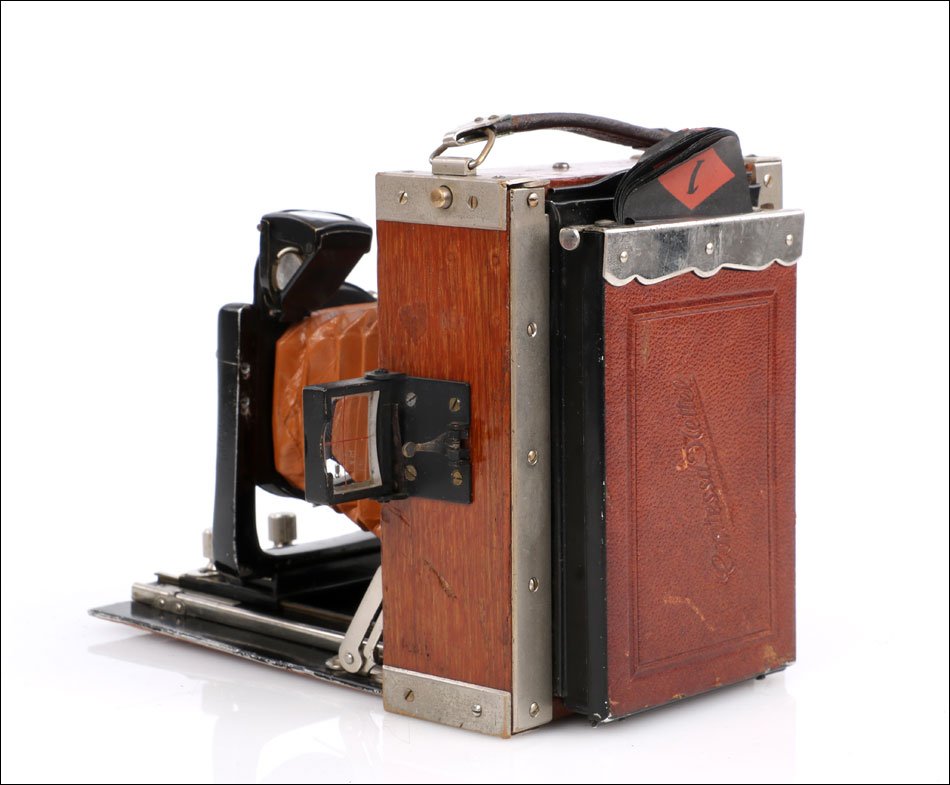
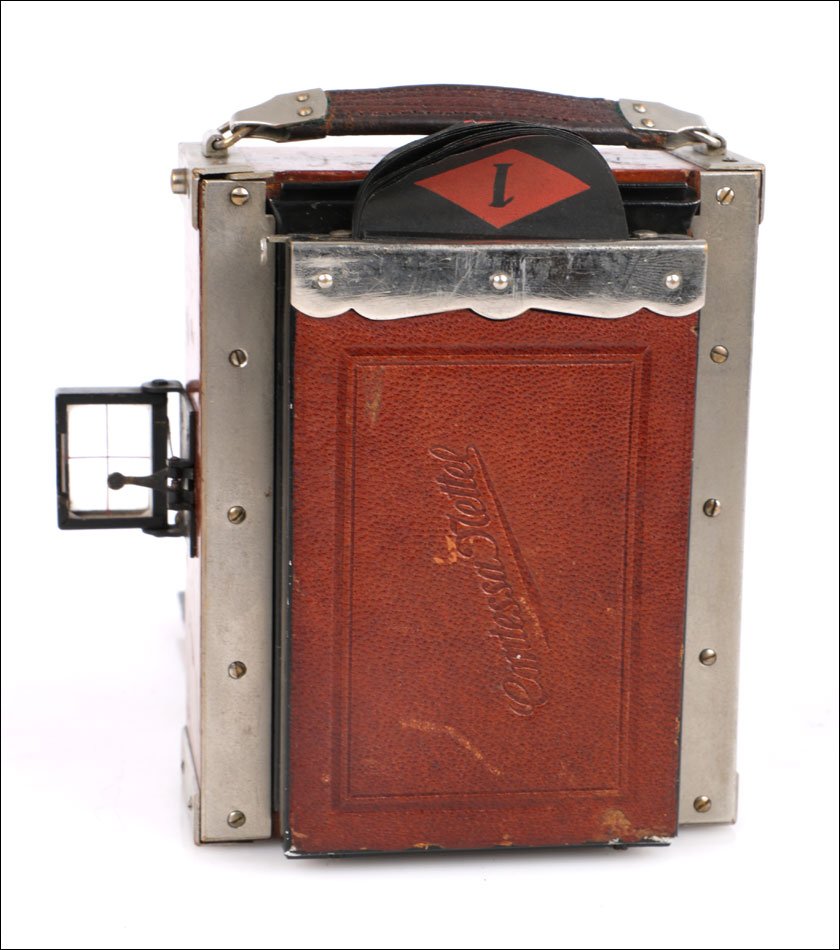






















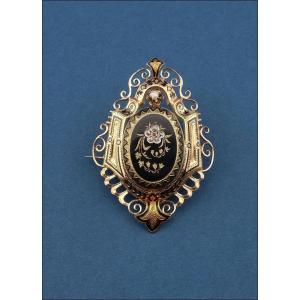





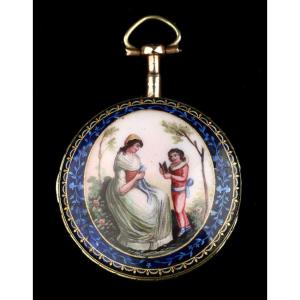




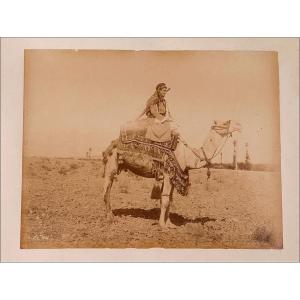



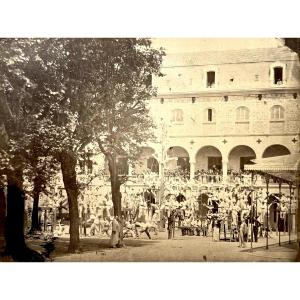


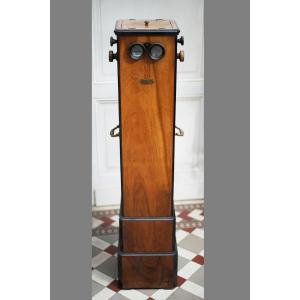



 Le Magazine de PROANTIC
Le Magazine de PROANTIC TRÉSORS Magazine
TRÉSORS Magazine Rivista Artiquariato
Rivista Artiquariato